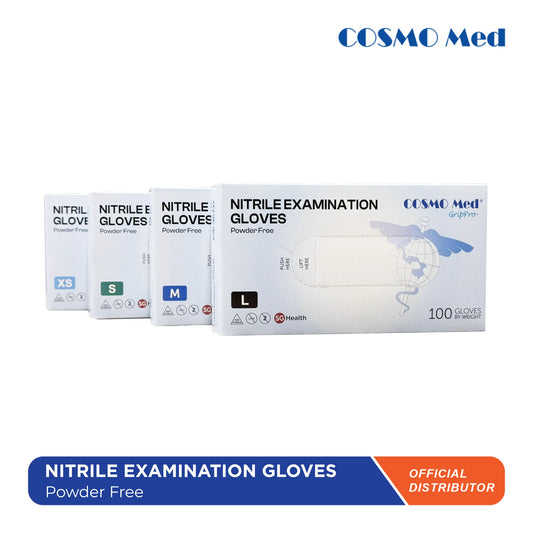In the current global landscape, surgical face mask have become an essential commodity. Ensuring that the masks we use are genuine and meet safety standards is crucial for effective protection. This article provides a comprehensive guide to identifying the characteristics of an original surgical face mask, helping you make informed decisions.
Importance of Genuine Surgical Face Mask
Authentic surgical face mask are designed to offer optimal protection against airborne particles, including viruses and bacteria. They are constructed following strict regulatory standards to ensure maximum filtration efficiency, breathability, and comfort. Using counterfeit masks can compromise your health and safety, making it imperative to recognize the differences between genuine and fake products.
Key Features of Original Surgical Face Mask
1. Certification and Compliance
Authentic surgical face mask are certified by health and safety regulatory bodies such as the FDA (Food and Drug Administration) in the USA, CE (Conformité Européenne) in Europe, or equivalent national standards. These certifications ensure that the masks have passed rigorous testing for effectiveness and safety. Always check for these certifications on the packaging or the mask itself.
2. Material and Construction
Genuine surgical masks typically have a three-layer structure:
- Outer Layer: This is usually made of a non-woven fabric that is fluid-resistant.
- Middle Layer: This layer is crucial as it acts as a filter, usually made from melt-blown material that can trap microorganisms.
- Inner Layer: This is made of a soft, absorbent material to provide comfort and absorb moisture from exhaled air.
3. Breathability and Comfort
Original masks are designed to balance filtration efficiency and breathability. They should allow easy breathing without compromising on protection. The materials used in genuine masks are also skin-friendly, reducing the risk of irritation even with prolonged use.
4. Proper Fit and Design
A genuine surgical mask will have a snug fit around the nose and mouth without being overly tight. Key design features include:
- Nose Clip: A malleable strip at the top of the mask that can be adjusted to fit the contours of your nose.
- Ear Loops or Ties: Secure the mask in place without causing discomfort.
5. Labeling and Packaging
Authentic masks come in properly labeled packaging. The label should include information such as:
- Manufacturer’s name and address
- Product name and model number
- Batch number and manufacturing date
- Expiry date
- Certification marks
6. Resistance to Fluids
One of the key features of a genuine surgical mask is its resistance to fluids. This ensures that droplets containing pathogens do not penetrate the mask. The outer layer of the mask should repel liquids, providing an additional layer of protection.
7. Filtration Efficiency
Certified surgical masks must meet specific filtration efficiency standards. Typically, they should filter out at least 95% of airborne particles, including bacteria and viruses. This is often indicated on the packaging and the mask itself.
Read Also: Tips for Choosing a Good Face Mask
Testing the Authenticity of Your Surgical Mask
1. Water Test
To check the fluid resistance, pour a small amount of water onto the outer layer of the mask. An authentic mask will repel the water, while a counterfeit one may absorb it.
2. Light Test
Hold the mask up to a light source. A genuine mask with a proper filter layer will block most of the light, indicating its effectiveness in trapping particles.
3. Fire Test
Cut a small piece from the mask and try to burn it. The middle filter layer of an original mask should melt rather than catch fire, indicating the presence of melt-blown fabric.
4. Breath Test
Wear the mask and blow forcefully. If you can feel your breath easily through the mask, it may not have the necessary filtration layers. A genuine mask should make it difficult for air to pass through it completely.
Common Misconceptions About Surgical Masks
1. Single vs. Multiple Use
Surgical masks are designed for single use and should be disposed of after wearing. Reusing masks can compromise their effectiveness and increase the risk of contamination.
2. Cloth Masks vs. Surgical Masks
While cloth masks can reduce the spread of droplets, surgical masks offer superior filtration and fluid resistance. For high-risk environments, surgical masks are preferred.
3. Cost as an Indicator of Quality
A higher price does not always mean better quality. Always verify the certifications and test the mask’s features rather than relying solely on the price.
Conclusion
Ensuring that you are using an original surgical face mask is critical for your health and safety. By understanding and recognizing the key characteristics of genuine masks, you can make informed choices and protect yourself and others effectively. Always check for proper certifications, test the mask’s features, and be wary of counterfeit products.




















